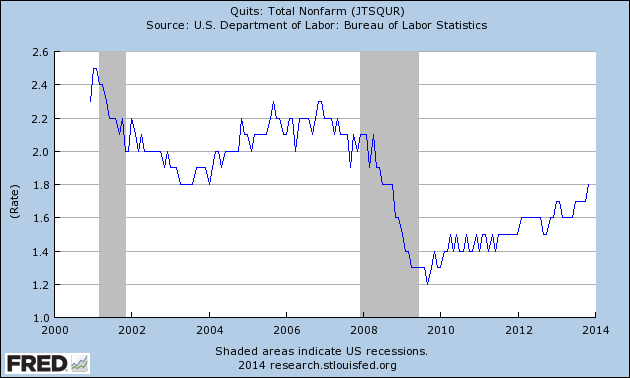Although the headline employment numbers look strong, some say that the underlying reality is actually a lot worse, with few full-time jobs and many discouraged workers. According to the skeptics, it’s a Potemkin recovery, dependent on the fact that many people have simply dropped out of the labor force.









